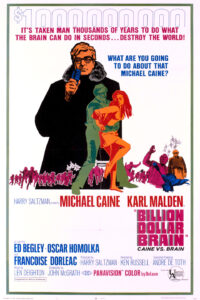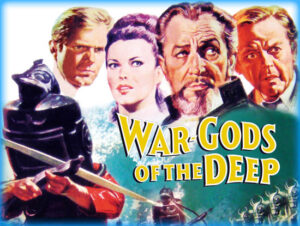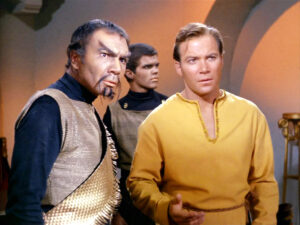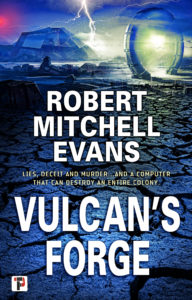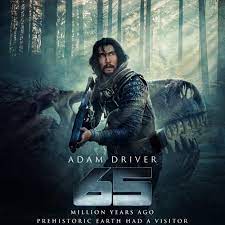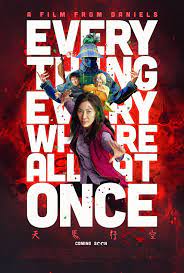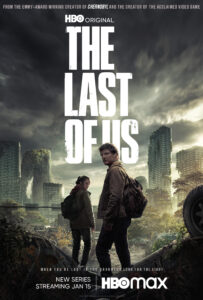.
Premiering on May 5th, 2023, Silo is a limited series adapted from novels by Hugh Howey
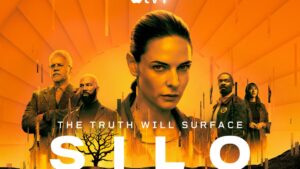 concerning a community of 10,000 people surviving a devastated ecology by living underground in a massive silo.
concerning a community of 10,000 people surviving a devastated ecology by living underground in a massive silo.
Rebecca Ferguson plays Juliette an engineer from the structures lower levels suddenly pulled into a conspiracy that entangles the silo’s highest citizens, the sheriff, the mayor, and the judge.
Only three episodes have streamed, and it would be unfair and unjust to judge the series’ quality without having seen the final turns and revelations, but I do have a few thoughts.
First off, the production values are first rate. The environment and the setting feel real. There is a palatable sense that this place, with its undetermined age, has seen countless generations of survivors.
Second, the cast is fantastic. Led by Ferguson, who is also a producer for the show, everyone is real and complicated. The actors and their characters are engaging enough to endear attachment from the viewer helping to audience to flow past some of the less that ideal world building.
The less-than-ideal world building comes down to a few key issues.
For dramatic reasons in the 3rd episode Machines Juliette leads a dangerous but unavoidable repair procedure to correct the colony’s single massive generator before it fails and dooms everyone. The idea that the colony was constructed with a single generator, upon which everyone’s survival depended, without even the ability to shut it down for regular maintenance is absurd and a sin against rational engineering. (Not to mention the lack of a relief valve for the geothermal steam that powers the generator.)
Much is made of the vast distance from the top of the silo to its lowest inhabited level with such trips effectively taking an entire day even for the silo’s political leadership. Apparently, the structure has no elevators, which again is absurd considering the large amount of material that would be required to move between levels to sustain a large population.
A close ecology system such as the silo where no new material comes in from the outside would be very fixated on recycling and not wasting a single gram of material. Yet, the colony maintains a tradition that anyone who proclaims that they ‘want to go out,’ is allowed to go outside of the silo to their certain death taking with them kilos of fabric, plastic, and irreplaceable mass. Madness.
All that said I am still intrigues by the series and have some hope it might stick the landing. With conspiracy stories the revelation of the conspiracy is a major element that either contributes to success of failure and only when we reach that final turn can a valid judgement be rendered.
Silo streams on Apple TV+.

